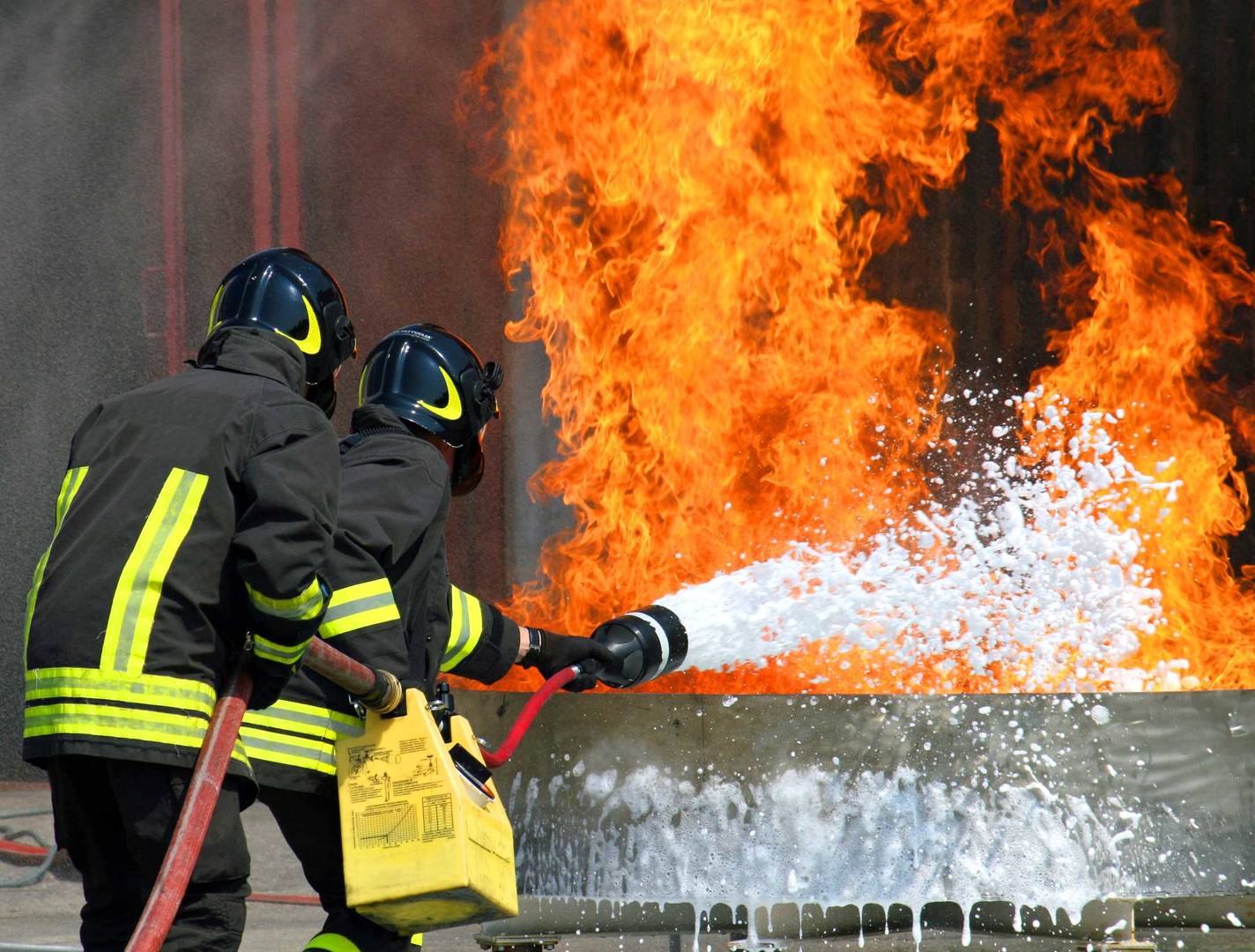Anomaly Detection and Pattern Matching
One of the strengths of A.I. is flexibility and reproducibility with multiple data types. Our pattern recognition and anomaly detection tools utilise electromagnetics, gradient magnetics, and gravity data. Anomaly matching uses profiles from known orebodies or target formations to compare with anomalies in other datasets and ranks them based on their similarity. The anomaly detection routine, or PeakFinder, is used to locate minima and maxima in line data. Peaks are discriminated based on several factors, including the peak amplitude, prominence, and width, among other attributes. The peak characteristics are used to generate several metrics such as maximum amplitude, tau decay, dip direction and angle. The anomaly matching tool examines line/channel data and compares it to responses selected from the survey data and/or those generated from theoretical/synthetic plates. Magnetic, electromagnetic and/or gravity data can be modelled. A normalised result is returned with values between 0 and 1 depending on how similar the channel data is to the target signal. The results are displayed as a similarity map that highlights segments of flight lines that are similar or dissimilar to the target signal.
 Search
Search
 English
English
 Login
Login

























































